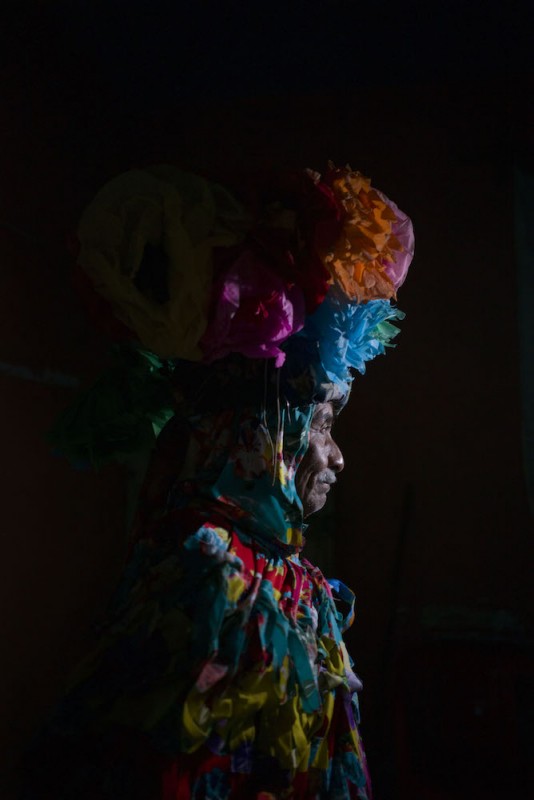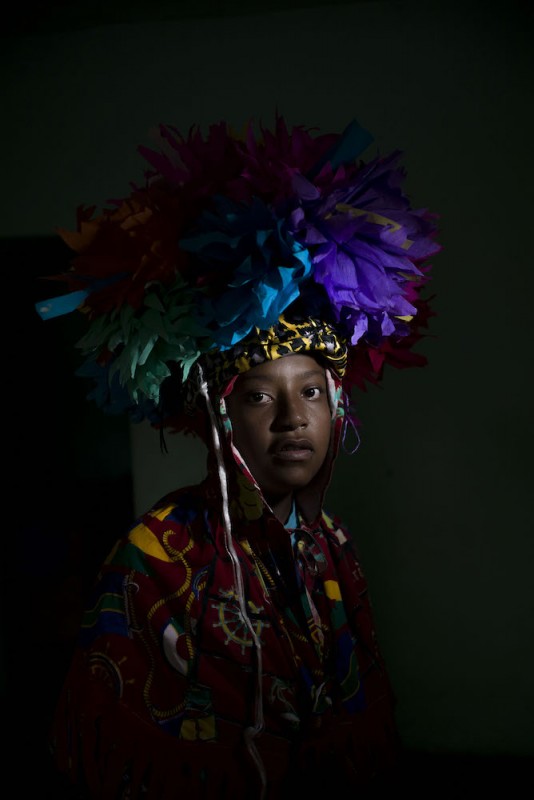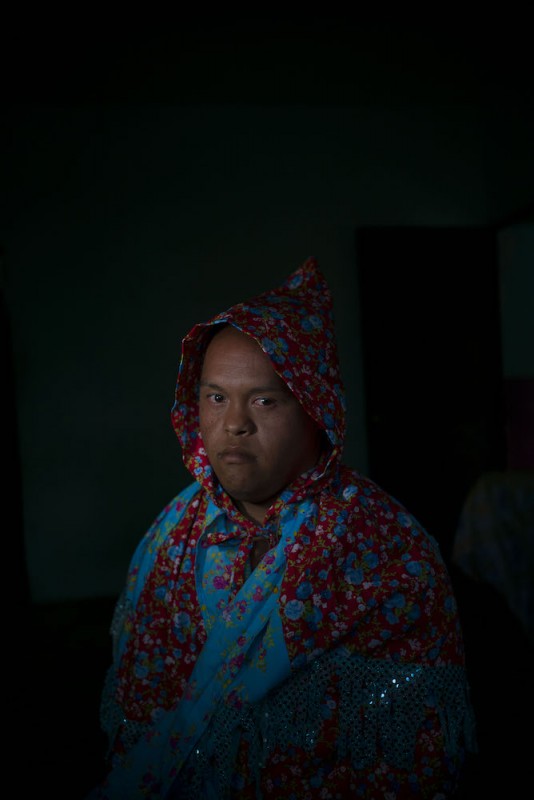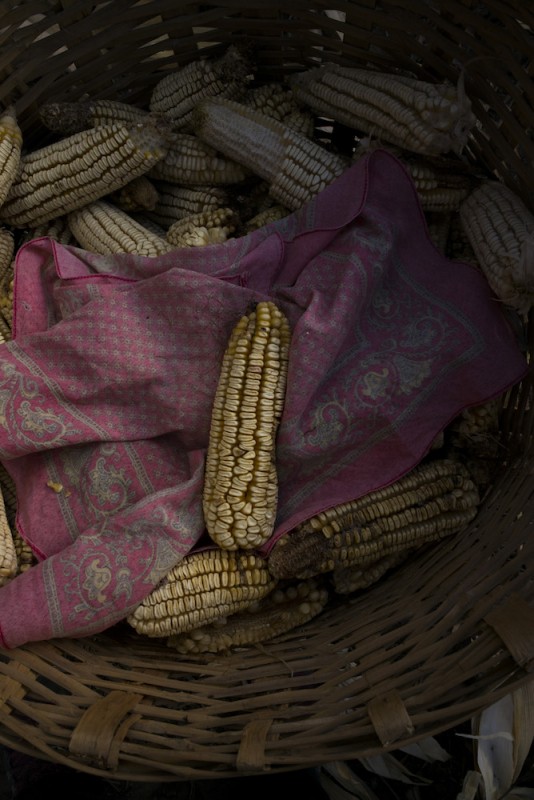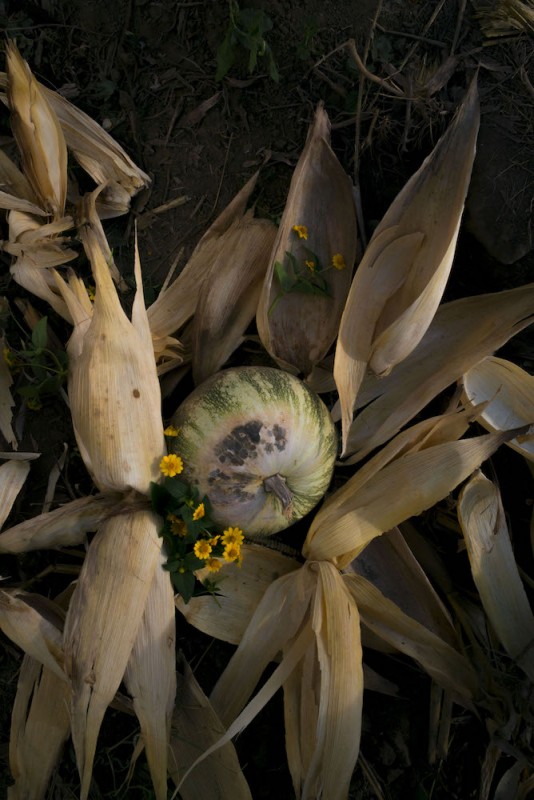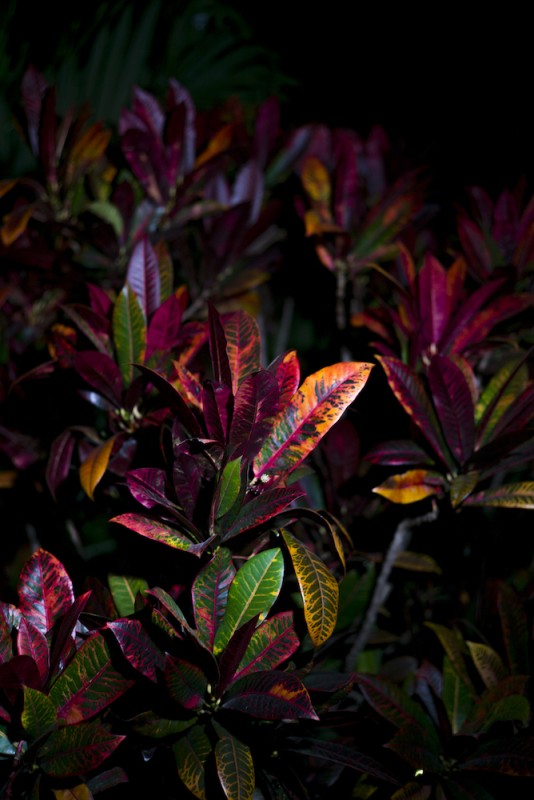Coyolillo and the Mystery of the Disguised
Coyolillo and the Mystery of the Disguised
Koral Carballo
June 13, 2018
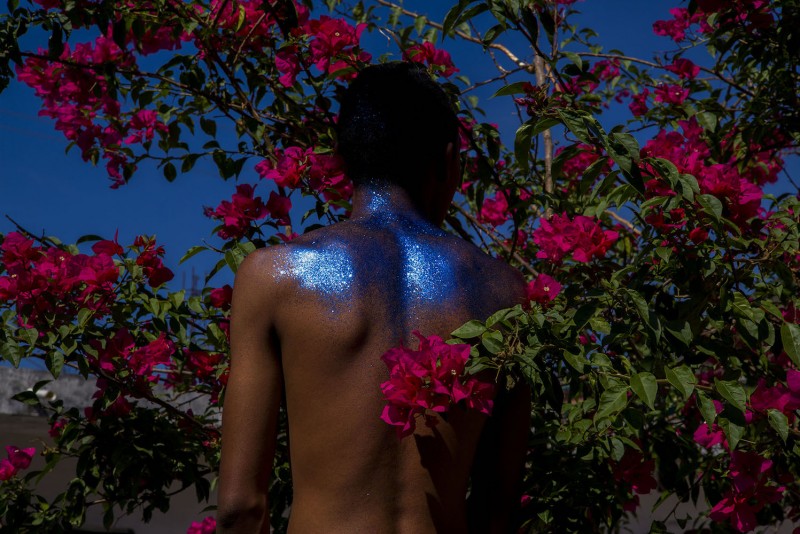
Why did you choose Coyolillo as the place to take these pictures?
Coyolillo is a town that survives in silence. It survives abandonment by the authorities, the lack of progress and of services such as water. It survives despite an accelerated migration due to unemployment, organized crime, and discrimination. My photographs are a tribute to the people of this town who, despite past and present circumstances, rise with dignity every day, and organise, year after year, a party to remind themselves of who they are and where they come from.
What is the meaning of the carnival for those portrayed?
For everyone it means something different, but Octavio López, a great man and resident of Coyolillo, once told me that Carnival means remembering the fact that he comes from Africa, and the joy of being free. Carnival represents permission to express desire, love or mischief. This celebration is not only for pleasure; thanks to the masks, it also represents a few days release from repression.
How did the people react when you told them about your project?
The people in Coyolillo accepted the project with open arms. At the beginning I didn’t take many photos since I was building up friendships with several of the people in town. Then, when I decided to start with the project, the participation of those portrayed was fundamental to making these images possible. It was not only a question of consent that gave rise to these pictures: they are also the result of a constant collaboration, of dialogue and exchange of ideas.
Some of your picture are pretty tied to nature: the corn, the soil, the bushes. Do they symbolize something?
Yes. The photographs of corn are linked to offerings to the fields; there are still some families in Coyolillo who can survive thanks to the harvest. The landscape, however, plays a role as an interpretation of time, remaining immobile within its surroundings, making nature a witness of history.
Carnivals are usually very colourful and lively. Your images, on the other hand, are quite dark and sombre. Why did you choose this look?
During the production process, and through many encounters with different scholars dedicated to black people in Mexico, I came to the conclusion that this is a concealed part of Mexican history. That's why I decided to transform it and give it shape, using photography as an element to illuminate the town and its roots. Accordingly, the lighting is also a narrative element that makes reference to the historical context of the story.
All images on this page © Koral Carballo
Koral Carballo+-
Koral Carballo was born in the state of Veracruz, Mexico in 1987. Her work expands from journalism, visual arts and documentary photography. The recurring themes she explores are identity, violence and territory. She is currently part of the TRASLUZ Photo collective, a teacher in the Documentary Laboratory and freelance photographer. More

